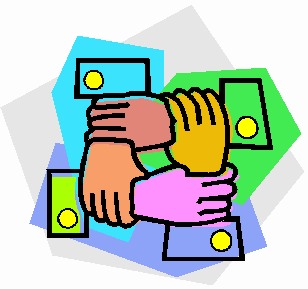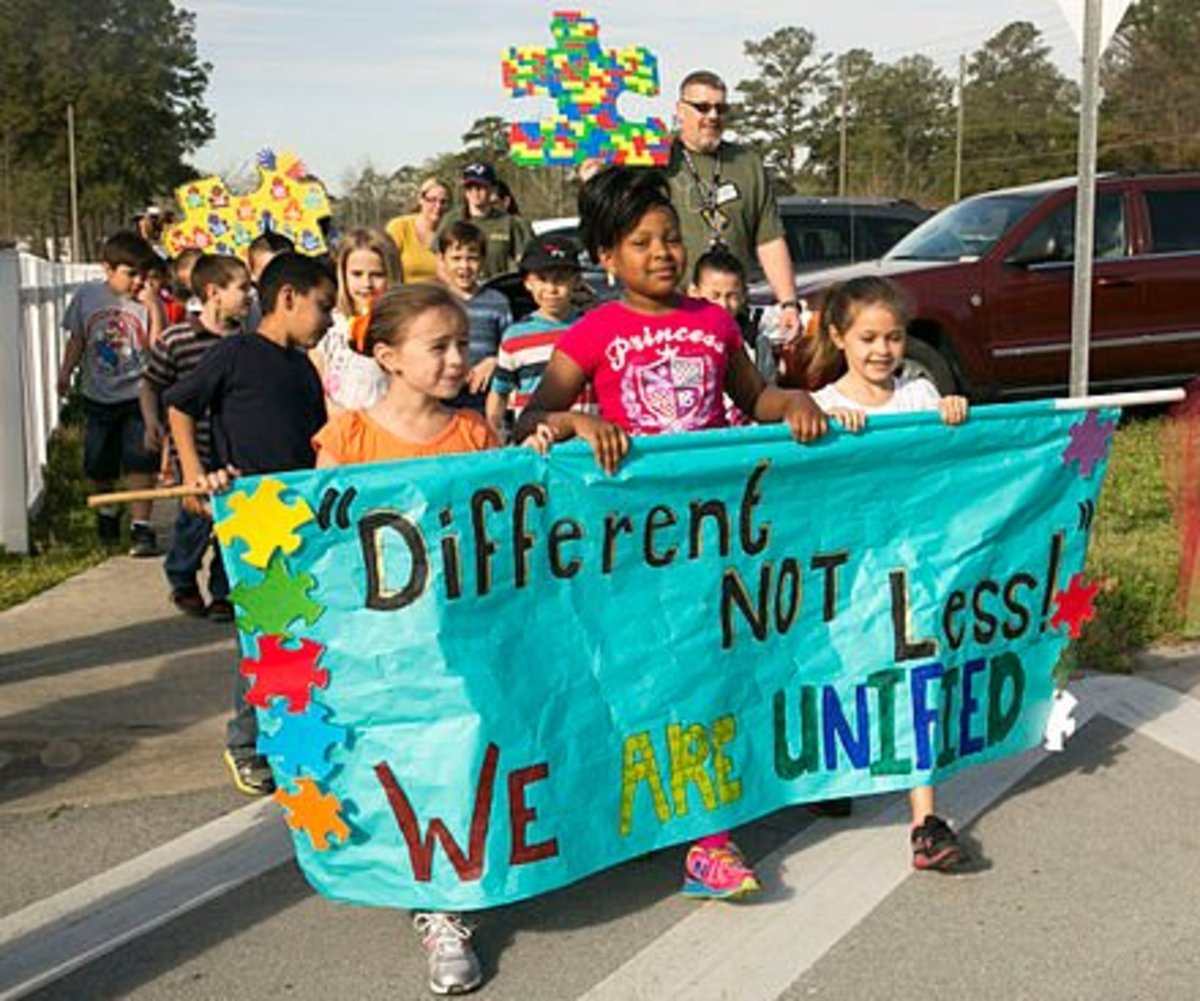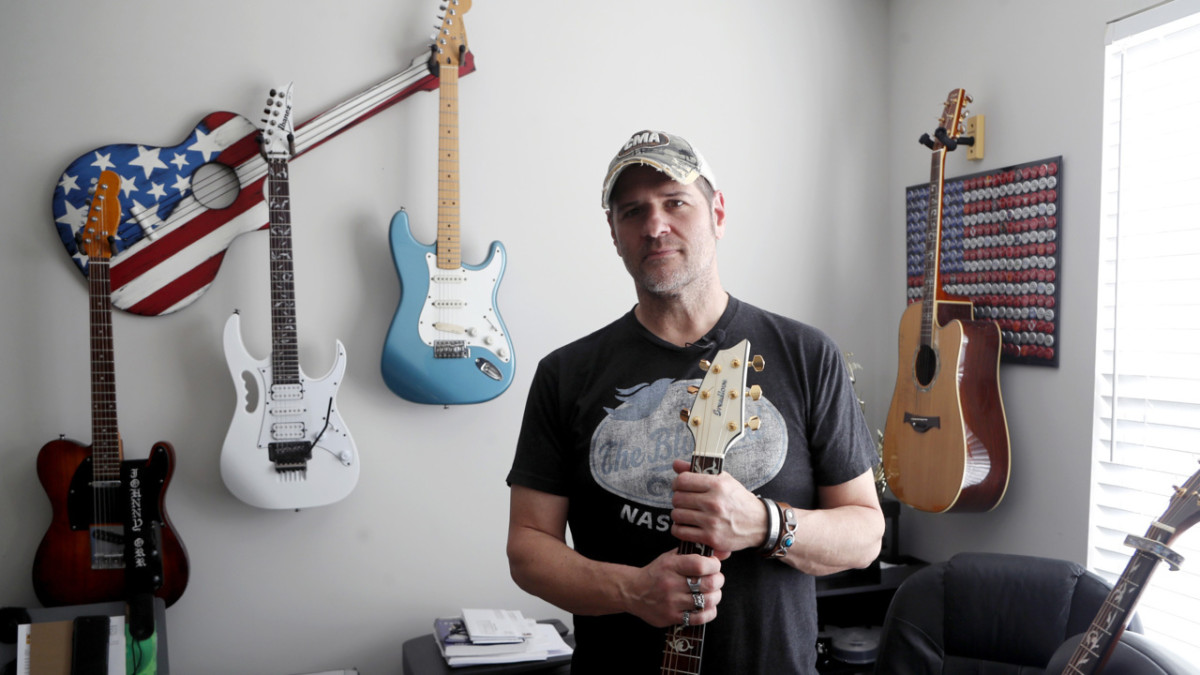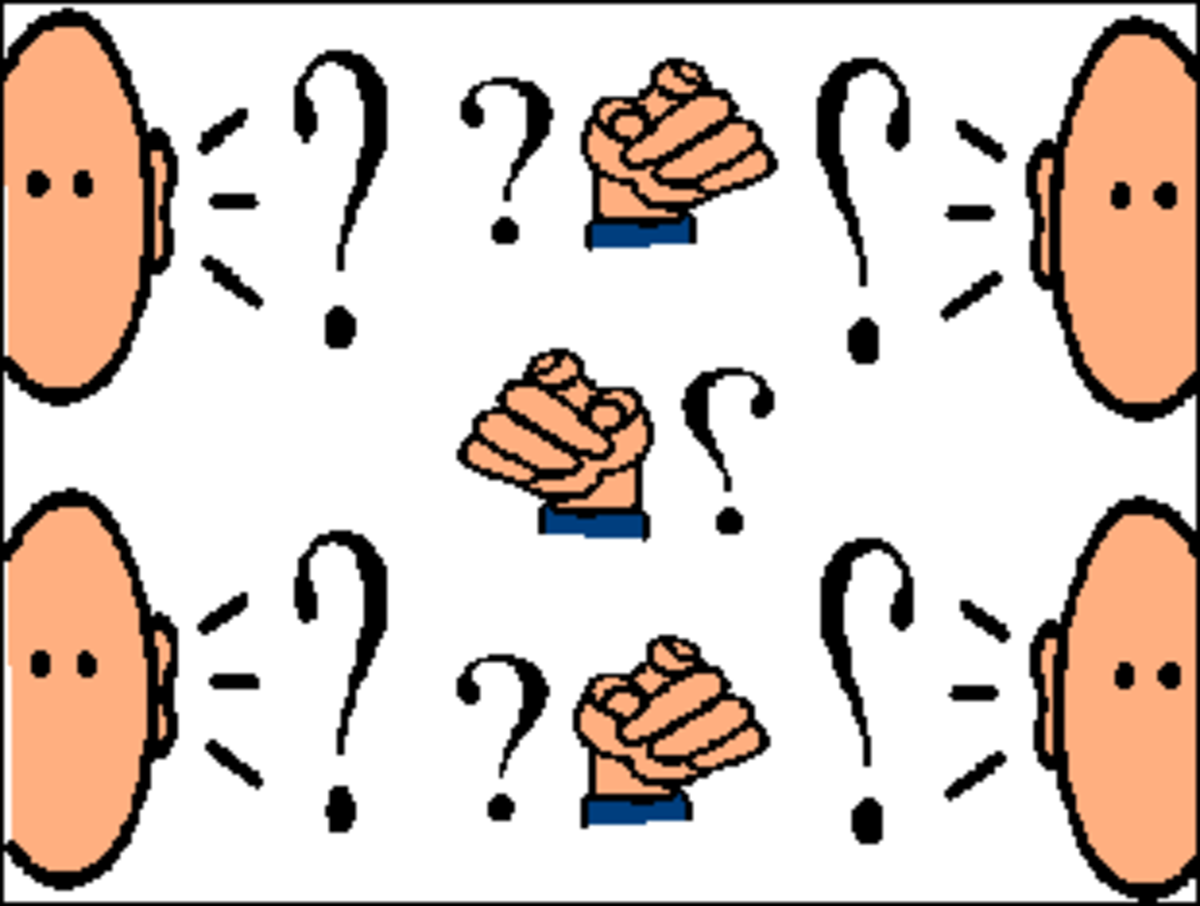What do we know about autism?


What do we know about Autism?
Autism falls in the diagnostic category of pervasive developmental disorders. The other disorders in this category include Rett's disorder, Childhood Disintegrative Disorder, Aspergers and Pervasive Developmental Disorder Not Otherwise Specified. All of these disorders have a few central common characteristics which center around a profound difficulty with social and interpersonal interactions, stereotyped or perseverative interests (engagement in repetitive activities, with difficulty in switching to new activities once started) and extreme difficulty understanding, anticipating and responding to non verbal cues and/or unspoken social expectations. Both Rett's and Childhood Disintegrative Disorder are, thankfully rare. Rett's affects primarily girls and leads to extreme loss of functioning, particularly in the socio-emotional sphere, while Childhood Disintegrative Disorder affects primarily boys and follows a period (usually about 2 years) of normal development followed by a progressive and significant loss of functioning in social, emotional, interpersonal areas, often with an associated loss of other cognitive functions.
Autism, Aspergers and Pervasive Developmental Disorder are more common, some research suggesting a prevalence rate of 1 in 150. All of these disorders tend to be more common in boys, generally about a 3/4:1 ratio. The above three disorders all fall along a spectrum and therefore can look similar in presentation. The primary differentiating factor between Autism and Aspergers is that in Autism there is a concurrent delay or deficit in language development. About 75% of those diagnosed with Autism are also diagnosed with mental retardation. In Aspergers disorder, there is no significant language deficit or delay, and Pervasive Developmental Disorder NOS encompasses those who exhibit some, but not all of the classic features.
The central deficit in all of these disorders lies in the ability to effectively communicate with others and to interpret and appropriately respond to emotions and non verbal cues. Frequently there is a fascination with certain topics and may possess encyclopedic knowledge on a particular topic, but be unable to complete simple classwork. Many of these children are also extremely anxious and are often rigid about schedules and routines - throwing extreme tantrums when schedules are disrupted. They are also often focused on time and may be fascinated by parts of objects or have unusual interests (fascination with vacuum cleaners is quite common).



Helpful links
- NAMI: National Alliance on Mental Illness | In Our Own Voice
The National Alliance on Mental Illness is a nonprofit, grassroots, self-help, support and advocacy organization of consumers, families, and friends of people with severe mental illnesses, such as schizophrenia, bipolar disorder, major depression, ob - Autism Information
- Assessing Young Children's Social Competence. ERIC Digest.
Provides full-text access to the ERIC Digest dealing with Assessing Young Children's Social Competence. - National Dissemination Center for Children with Disabilities
What causes Autism?
Well,there's no real short answer to that. Many theories abound - from those that target vitamin and nutritional deficiencies, which so far, appear to have little scientific support to those which advocate chelation and "holding therapy" which are often detrimental and dangerous.
Theories which have been more validated are those that indicate brain anomalies including deficits in the ability to mimic and understand others, particularly in the socio-emotional realm, as well as problems in the areas of the brain which interpret and understand emotion. These theories have been supported by significant research, but still do not provide the ability for proactive diagnosis or intervention.
It is clear that Autistic spectrum disorders are complex neurobiological and developmental disorders. Advances in neuroscience indicate many exciting avenues, but there is much more research to be done.

Interventions for Autistic Spectrum Disorders
Children with Autistic Spectrum Disorder can obtain resources through multiple resources. Many states have regional centers who provide assistance to families including respite, parenting assistance and education. These children also frequently require specialized services in school, ranging from additional tutoring to 1-1 behavioral aides who are with the children all the time to assist them with schoolwork, peers and interpersonal interactions. Interventions which appear to have the most scientific support include those which focus on intensive early interventions and those which include applied behavioral analysis and behavioral training in social and communication skills. These interventions focus on creating a baseline of difficult behaviors, identifying antecedents and precedents in order to understand what is contributing to and maintaining the behaviors, and then establishing a behavioral reinforcement schedule.
For more complex behaviors, such as social skills reinforcing approximations of the desired behaviors may be needed. For example, many autistic children are largely non verbal, so teaching them to say their name is an important step. If the child's name is Sarah, you might begin by reinforcing any 's' like sound, then reinforce the 'sa' sound etc. As you can see this is an extremely time intensive undertaking as these children often need to be taught how to make appropriate eye contact, how to approach people, what topics are appropriate etc. These children also often struggle with flexibility and the smallest change in schedule can set off extreme behaviors.
Many of these children also have other co-morbid disorders such as eneuresis, encopresis, learning disabilities and impulse control disorders which make the process of socialization even more challenging. Children with Asperger's disorder often seem very adult like in presentation and may have slightly odd speech patterns. They also often possess encyclopedic knowledge about particular topics, and therefore are often quite charming to adults. They may appear a little stiff and old fashioned, professorish. In fact Asperger's disorder has been referred to as the "little professor" disorder. Where these children struggle is with their peers. While it may be quite fascinating to an adult that a child can name every imaginable dinosaur, along with their habitat, eating habits etc, it is much less endearing to an 8 year old who would rather tell body function jokes. These kids are therefore chronically out of sync with their peers and without active efforts to socialize them, they will naturally withdraw. As you can imagine, these kids are also often teased, as they don't quite "get" the social nuances. This often becomes more pronounced in middle school as social interactions become more subtle and complex. High school, also can be extremely difficult without active intervention.
There is some evidence that some of these symptoms lessen in a subset of these children as they approach adulthood, or perhaps the world becomes a little more accommodating to them outside the structure of school. Many children with milder forms of these disorders can function quite well and go on to become productive adults. In adulthood, there are many jobs where it is a good thing to be really focused, have obsessively in depth knowledge and where limited social skills are needed. In addition, many of these kids are great divergent thinkers - nothing is just a box to them, it's a space ship, the beginnings of a fort, a construction project, and all these things are useful to society. They see things differently because they view the world differently - and that's not always bad. Early screening, intensive early intervention, psychoeducation, family support, accommodations and a focus on each child's innate strengths all play a role in making the world a place where these kids can find a place to be. Autism: the musical does a great job of this - check your local video store or netflix - this is a movie worth watching for anyone interested in autistic spectrum disorders.
Links to more autistic spectrum resources
- LD OnLine :: Social Skill Autopsies: A Strategy to Promote and Develop Social Competencies
Great site overall. This articles shows how to help break down social skills into teachable pieces. - http://www.childbrain.com/pdd.shtml
This is the PDD/Autism section of Childbrain.com, the website for the Child Neurology and Developmental Center in New Hyde Park, New York, directed by Rami Grossmann, M.D. - Home > Autism Program at Yale | Child Study Center | Yale University
Yale University FAQ's about autism and pervasive developmental disorders. - Autism
- Pervasive Developmental Disorder Fact Sheet
PDD fact sheet from the National Institute of Neurological Disorders and Stroke. - Foundation for Children with Behavioral Challenges
mission: to dramatically improve societys understanding and treatment of kids with behavioral challenges. While Think:Kids has primarily focused on providing training in the approach described in the widely acclaimed book, Treating Explosive Kids: T - Autism Research Centre - Current Research
The mission of the ARC is to understand the biomedical causes of autism spectrum conditions, and develop new and validated methods for assessment and intervention. The ARC fosters collaboration between scientists in Cambridge University and outside, - Pervasive Developmental Disorders Information Page: National Institute of Neurological Disorders and
Pervasive Developmental Disorders (PDD) information sheet compiled by NINDS, the National Institute of Neurological Disorders and Stroke.








